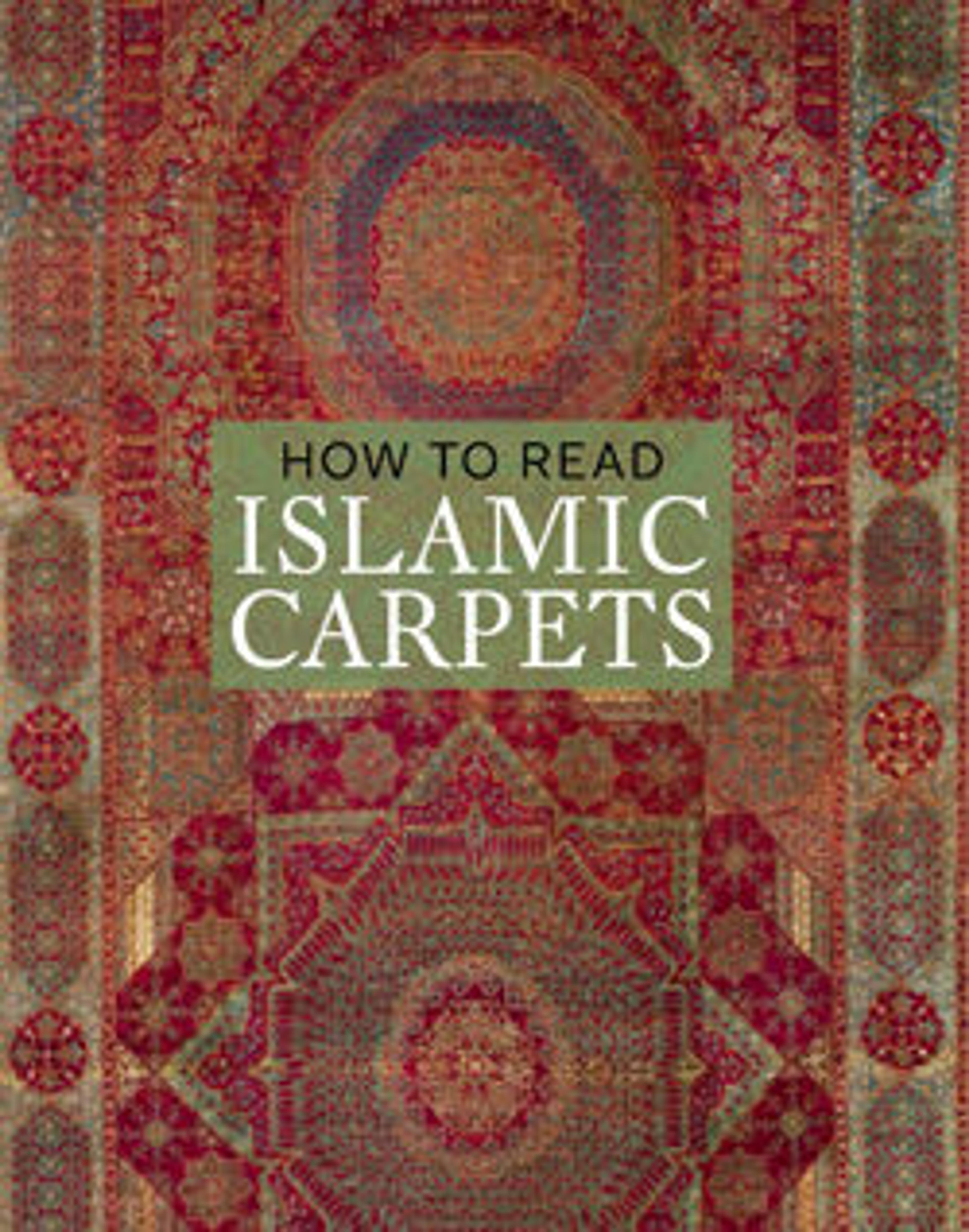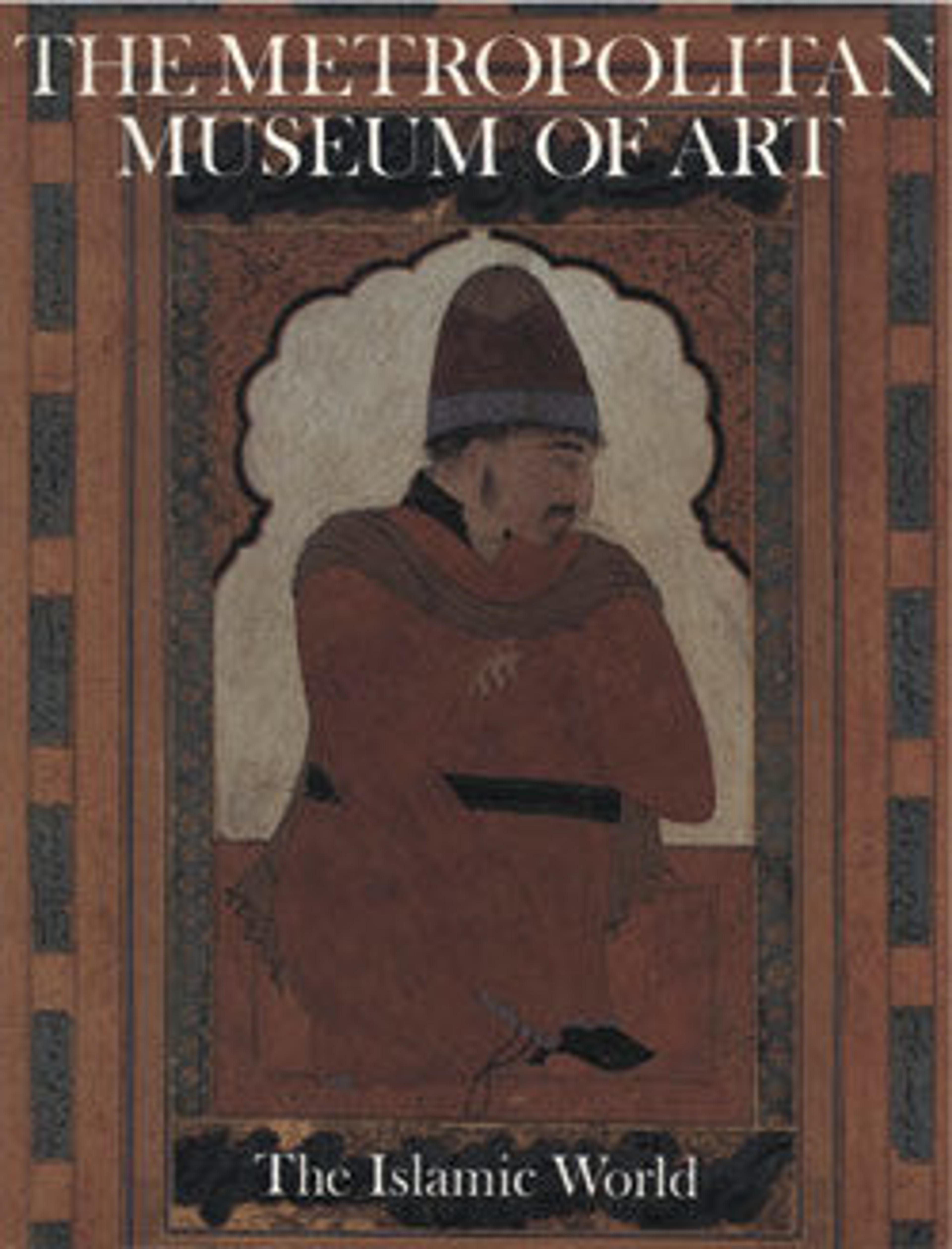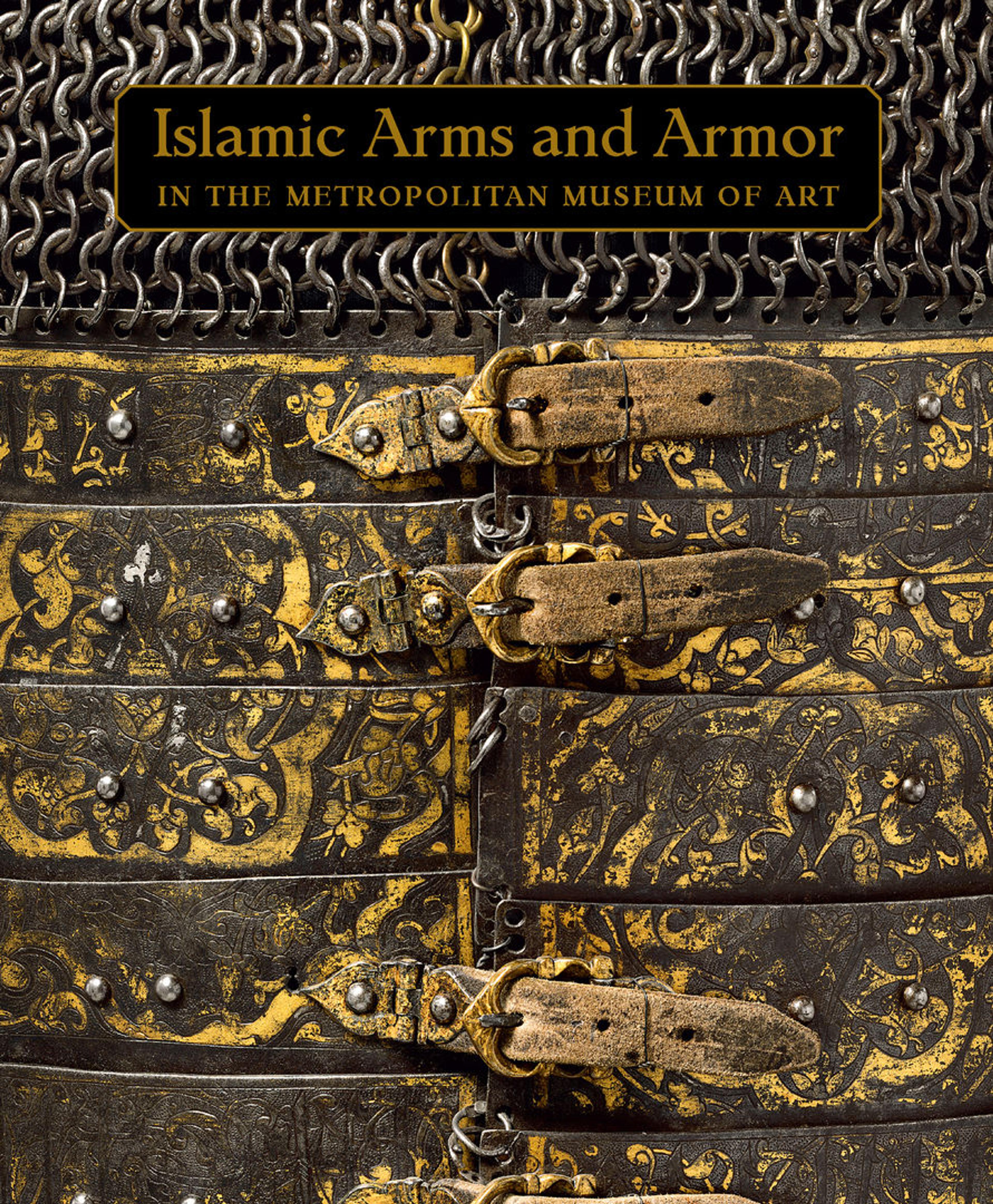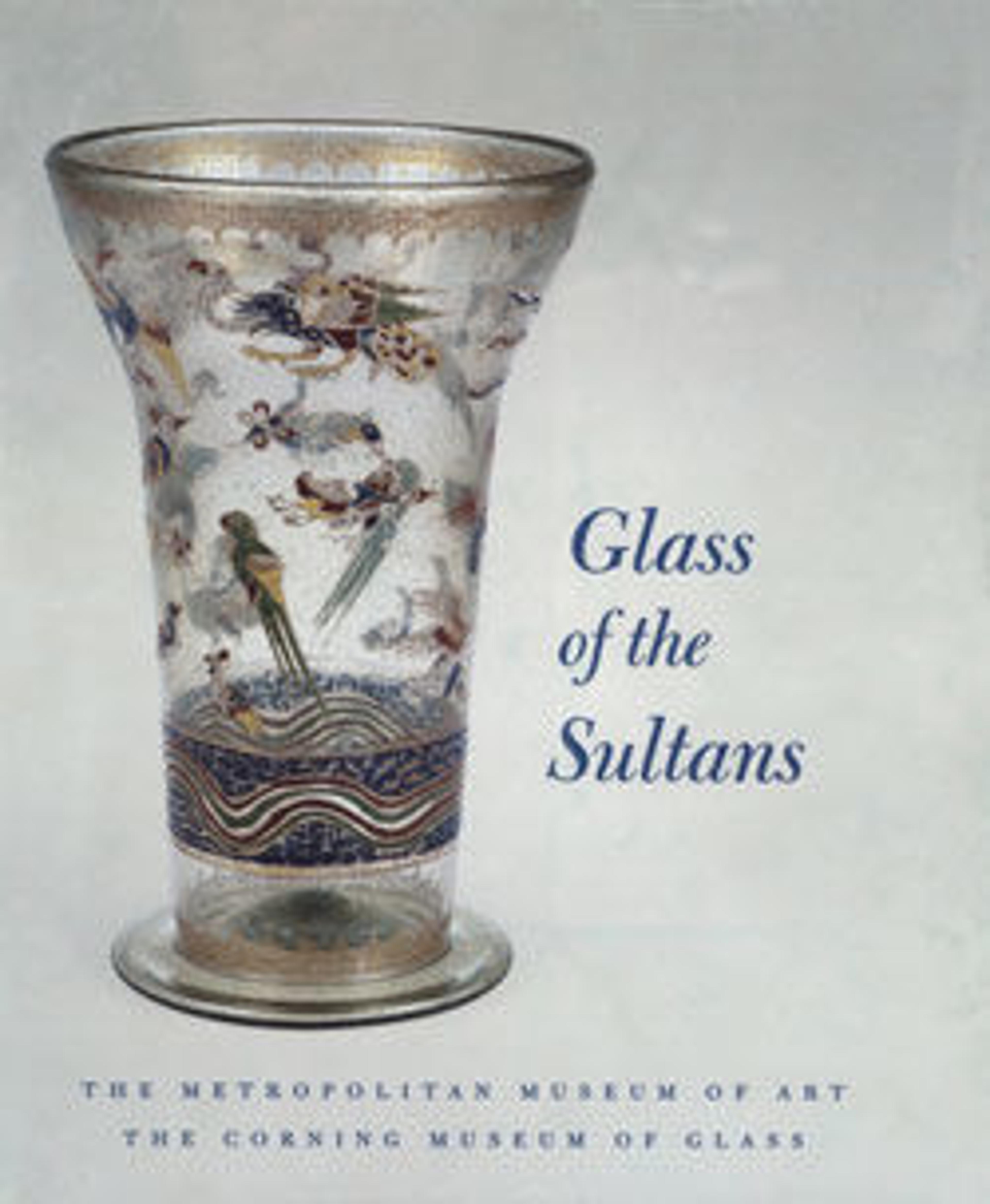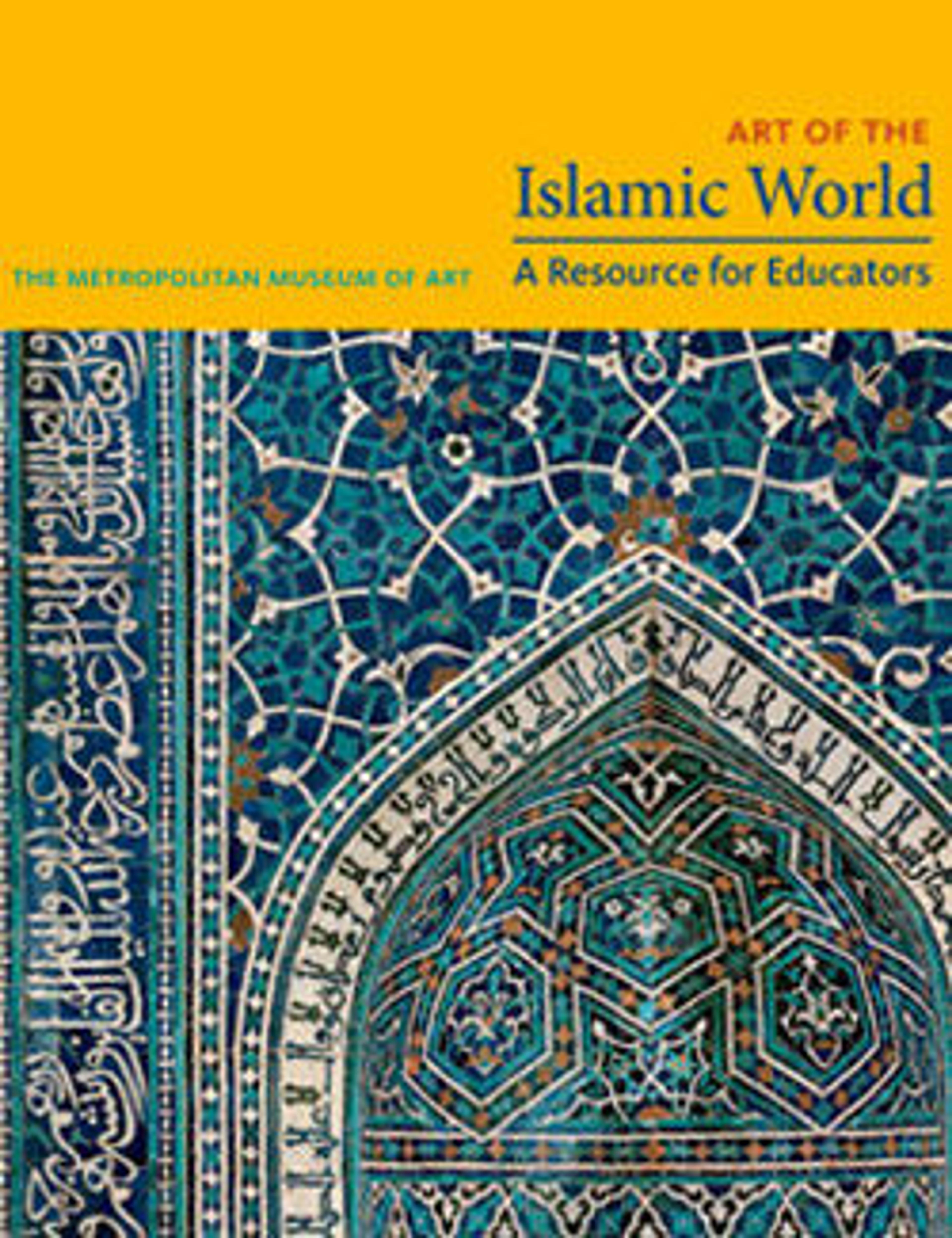For centuries, Islamic calligraphy has mesmerized viewers with its beauty, sophistication, and seemingly endless variety of styles. How to Read Islamic Calligraphy offers new perspectives on this distinctive art form, using examples from The Met’s superlative collections to explore the enduring preeminence of the written word as a means of creative expression throughout the Islamic world.
Combining engaging, accessible texts with stunning new photography, How to Read Islamic Calligraphy introduces readers to the major Islamic script types and explains the various contexts, whether secular or sacred, in which each one came to be used. Beauty and brilliance emerge in equal measure from works of every medium, from lavishly illuminated Qur’an manuscripts, to glassware etched with poetic verses, to ceramic tiles brushed with benedictions. The sheer breadth of objects illustrated in these pages exemplifies the ubiquity of calligraphy in the arts of Islam and the vitality of its role in Islamic culture.
Met Art in Publication
You May Also Like
Press the down key to skip to the last item.
Citation
Ekhtiar, Maryam. n.d. How to Read Islamic Calligraphy. How to Read 8. New York New Haven, CT London: The Metropolitan Museum of Art Yale University Press.

